Earth news stories

A study led by an international team of researchers is shedding new light on the mystery of Gigantopithecus blacki, a giant prehistoric primate that once lived in what is now southern China.
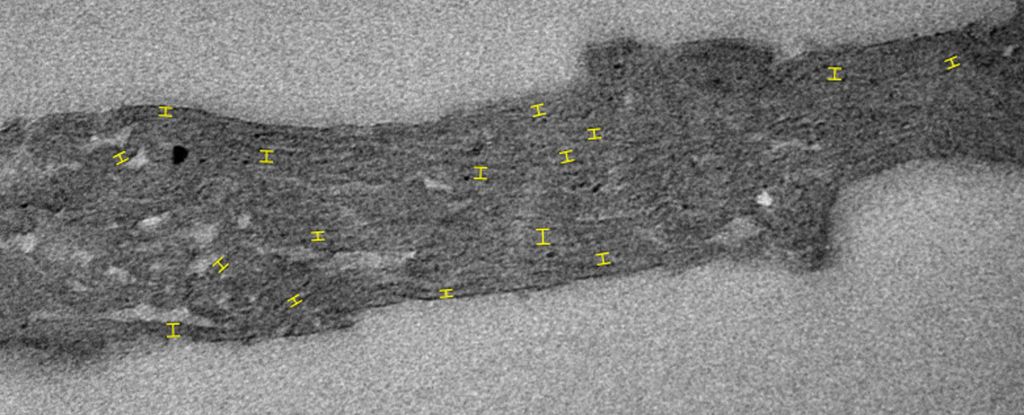
Tiny fossils that have spent nearly 2 billion years locked up in chunks of ancient rock are giving us the earliest evidence yet for photosynthesis on Earth. The research has been published in Nature.
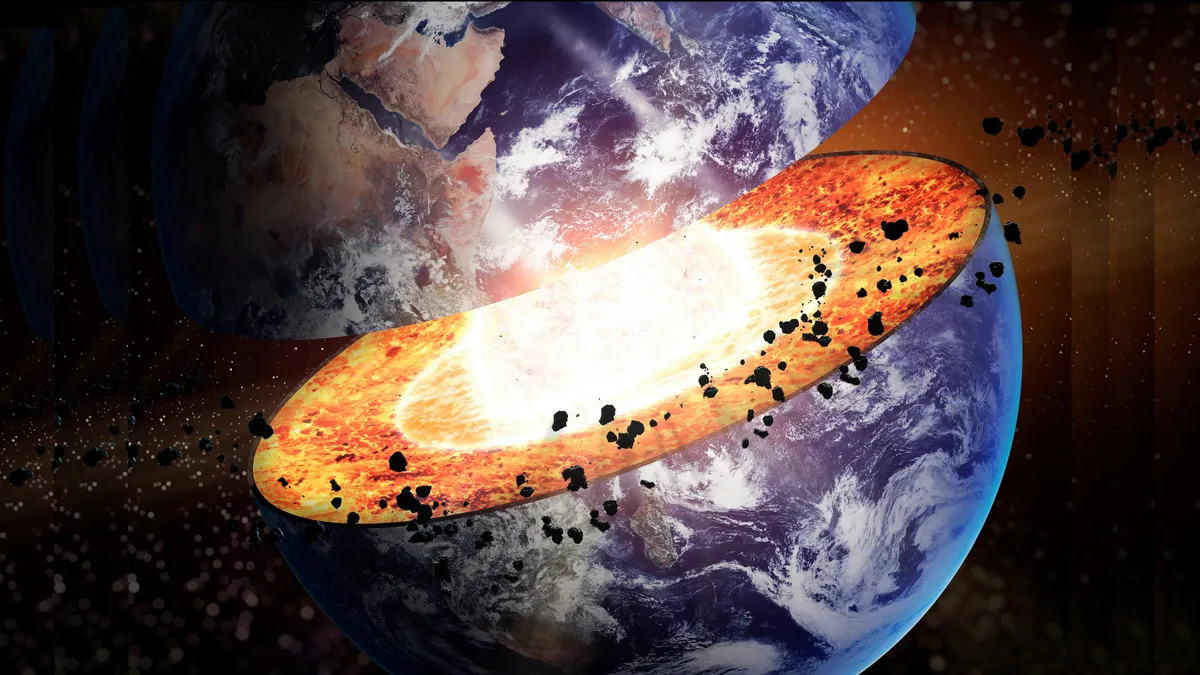
Scientists in China recently made a discovery at the heart of our planet: Every 8.5 years, the Earth’s inner core wobbles around its rotational axis. This shift is likely caused by a tiny misalignment between the inner core and the Earth’s mantle—the layer below the Earth’s crust, according to the researchers’ new study.
The sea off the north-west of Australia used to host islands and even a huge landmass, big enough to support half a million people, according to new archaeological research. A study published in Quaternary Science Review has mapped a world that appeared and disappeared with changing sea levels over the past 70,000 years.
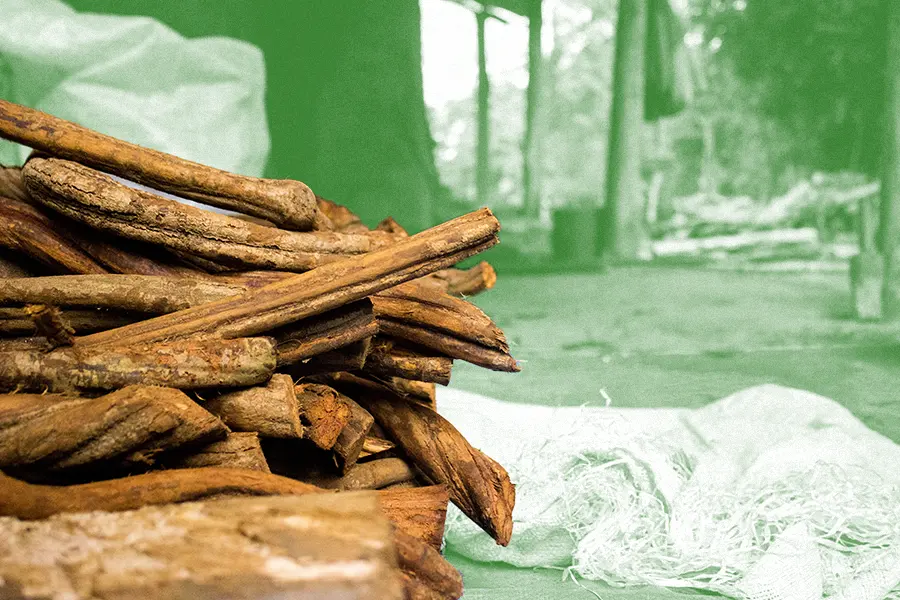
Banisteriopsis caapi isn’t psychedelic, but for many, it’s a vital plant medicine with plenty to teach…This vine is best known as an ingredient in the psychedelic ceremonial drink ayahuasca, but the plant has many names and meanings throughout the Amazon. It’s Yagé in Colombia; Ayahuasca in Peru. Oxe takes the caapi plant by itself for its “antidepressant” effects.
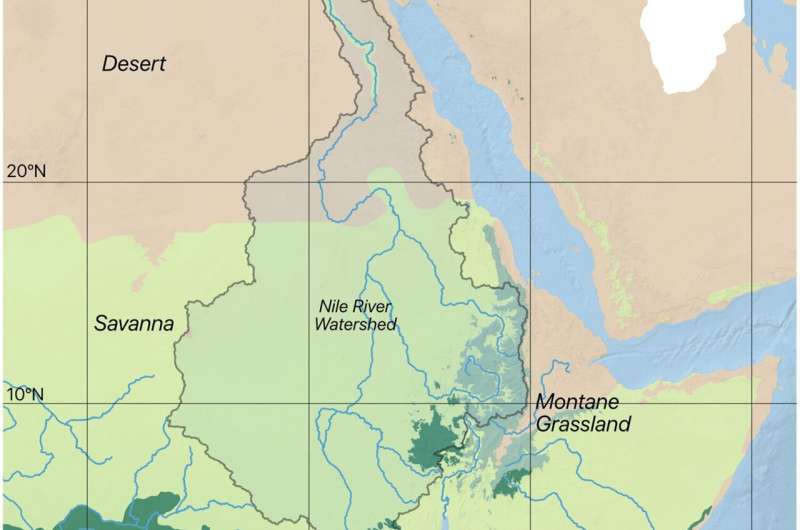
About 2.1 million years ago, the first humans—Homo erectus—migrated from Africa…For a long time, researchers have speculated on how Homo erectus could cross the dry and merciless desert, where there was neither food, water, nor shade. New research from Aarhus University now suggests that Homo erectus may not have walked through the desert when they left Africa…
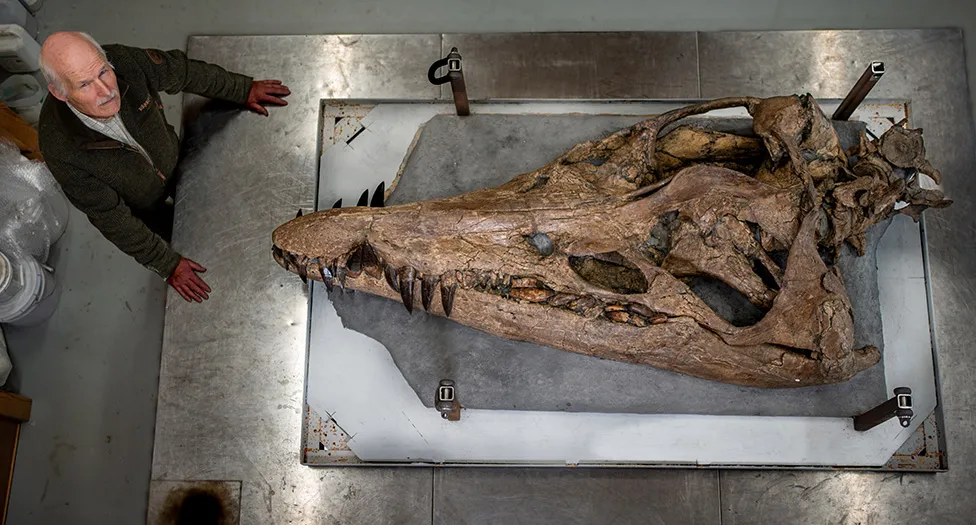
The skull of a colossal sea monster has been extracted from the cliffs of Dorset’s Jurassic Coast. It belongs to a pliosaur, a ferocious marine reptile that terrorised the oceans about 150 million years ago.
New research published in Nature Communications suggests that the first cell-like structures on Earth contained radiation-resistant manganese antioxidants, protecting the first cells to evolve.
Fossil tracks found in southern Africa, push the potential evolution of the first birds back to 210 million years ago – during the Triassic (252–201 million years ago), the first epoch of the “Age of Dinosaurs.”

A new analysis by an international team of researchers has added evidence to claims that the world prior to the asteroid blow was anything but paradise, with measures of sulfur in the atmosphere reaching critical levels.
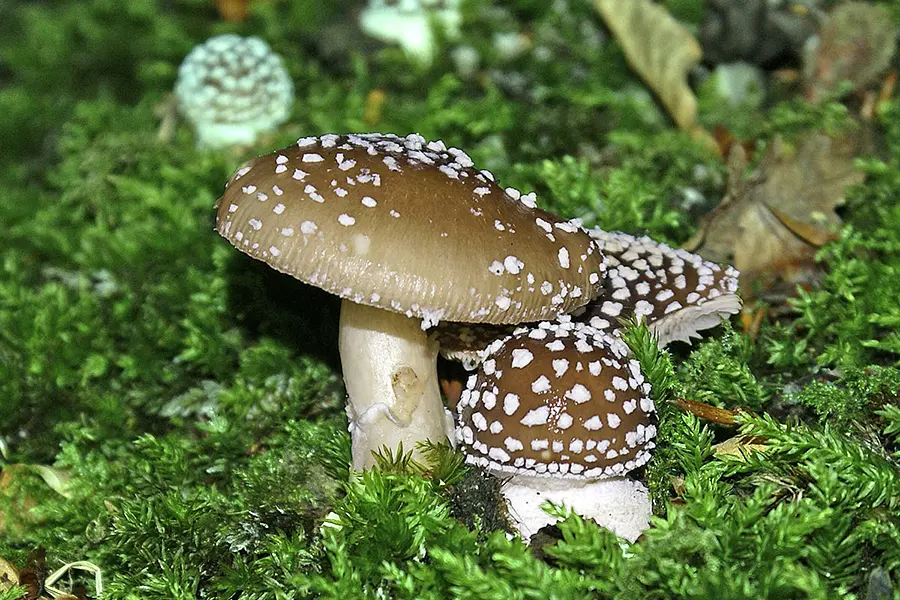
The Fly Agaric (Amanita muscaria) mushroom carries significant cultural mystique. It’s one of the most recognizable mushrooms and also one of the most well-known entheogens…. The Panther Cap is mysterious—little is said about it other than as a passing aside. But, the potent mushroom has as many reasons to merit discussion.
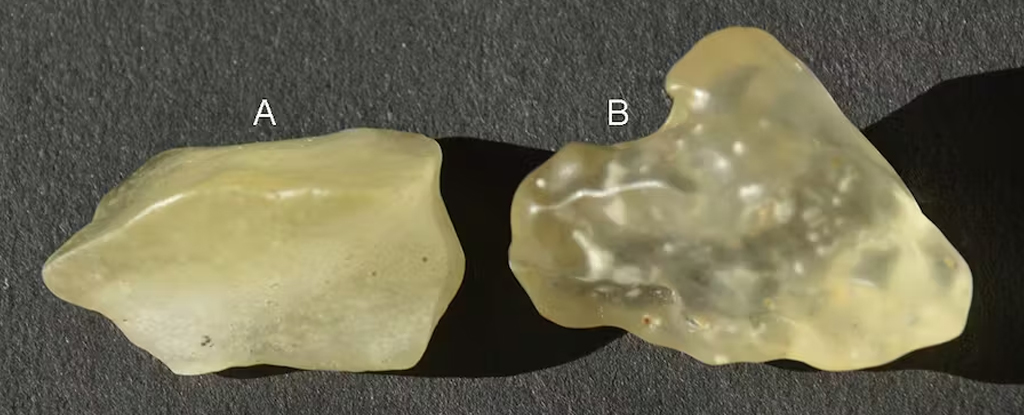
The Great Sand Sea Desert stretches over an area of 72,000km² linking Egypt and Libya. If you find yourself in a particular part of the desert in south-east Libya and south-western parts of Egypt, you’ll spot pieces of yellow glass scattered across the sandy landscape.
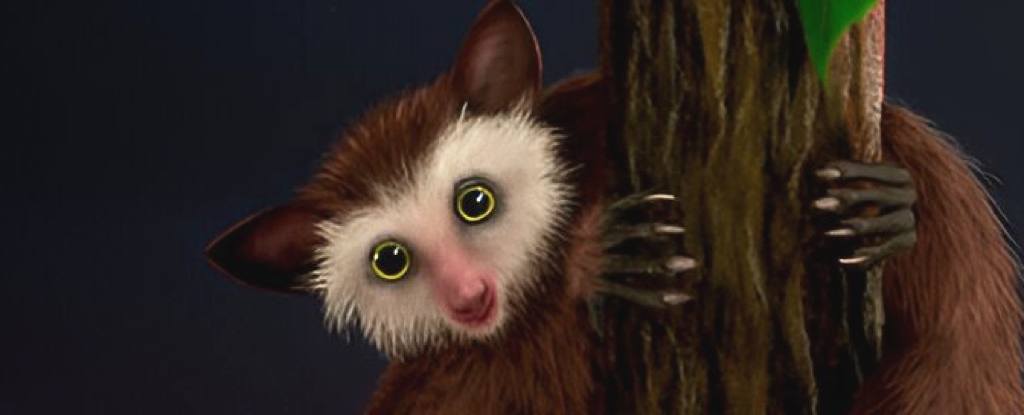
A mysterious primate appeared in North America 30 million years ago, long after the continent’s native primates had died out and even longer before the next big influx of primates – humans – would arrive. The study was published in the Journal of Human Evolution.

Some 4.5 billion years or so ago, scientists believe, something big smacked into Earth and knocked it ass over teakettle. The result was a bunch of debris hurled into space, swirling around until it formed the Moon. Of the big object, thought to be the size of Mars, and named Theia, nothing much was left. Or so we thought. See the research here.

In a 1981 Smithsonian Magazine article, geologist Farouk El-Baz theorizes that the ancient Egyptians didn’t create the sphinx from scratch, like the pyramids, but that desert winds formed the overall contours of the sphinx and the ancient stonemasons gave the rock a celestial facelift. Now, scientists from New York University have tested that theory…See the study here.

As policymakers, governments, NGOs and activists work to craft urgent responses to protect tropical forests…the report says that “their efforts will fail as long as those committed to environmental protection neglect to recognize, and grapple with, the elephant in the room”—namely “the global system of criminalized drug prohibition, popularly known as the ‘war on drugs.’”
Image from:Pyschoactive Drugs.jpg uploaded by Thoric. (Wiki Commons)








